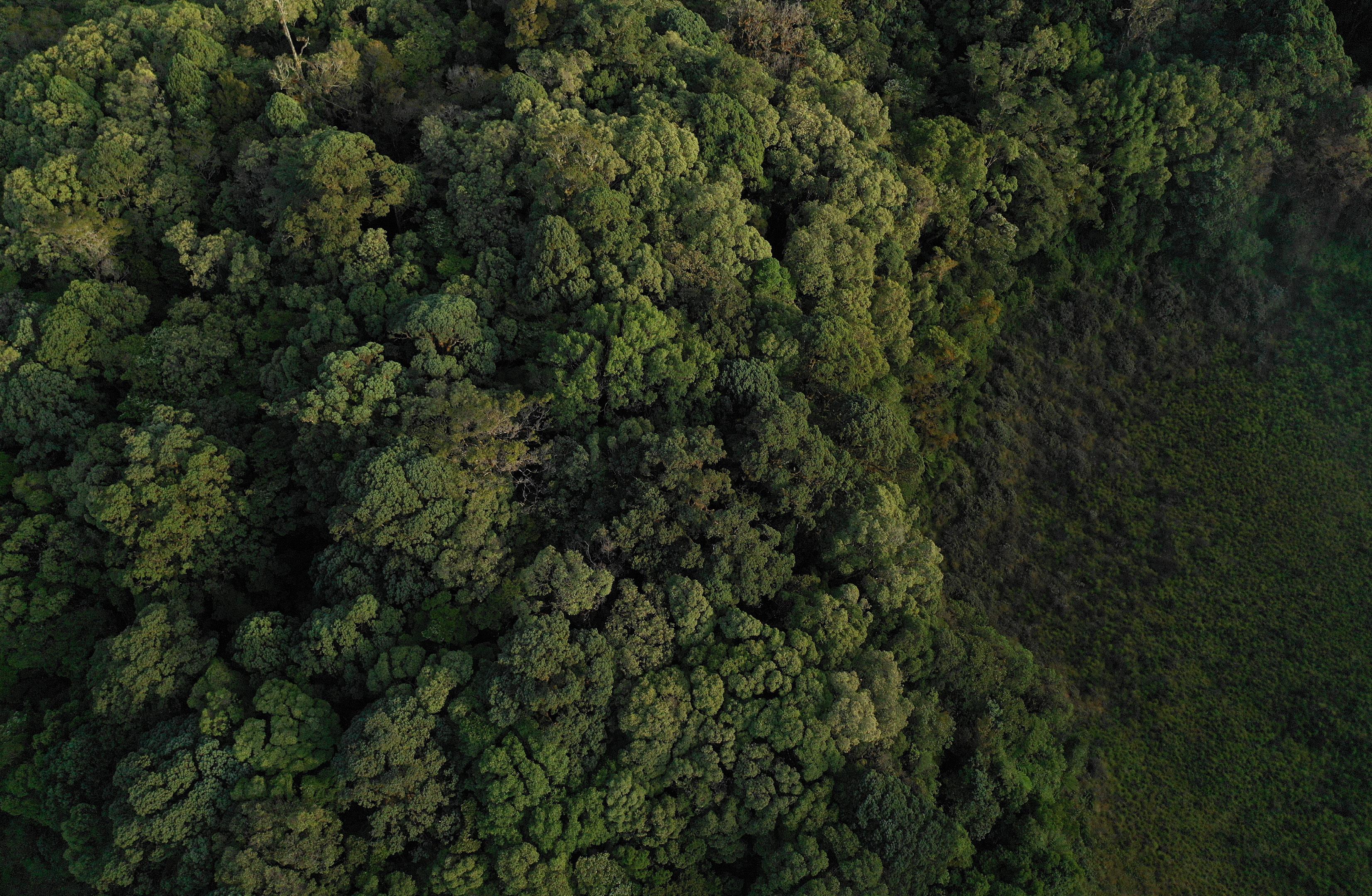
2 minute read
Making youth, our future conservation
MAKING YOUTH, OUR FUTURE CONSERVATION LEADERS, THE STEWARDS OF THE LAND TODAY
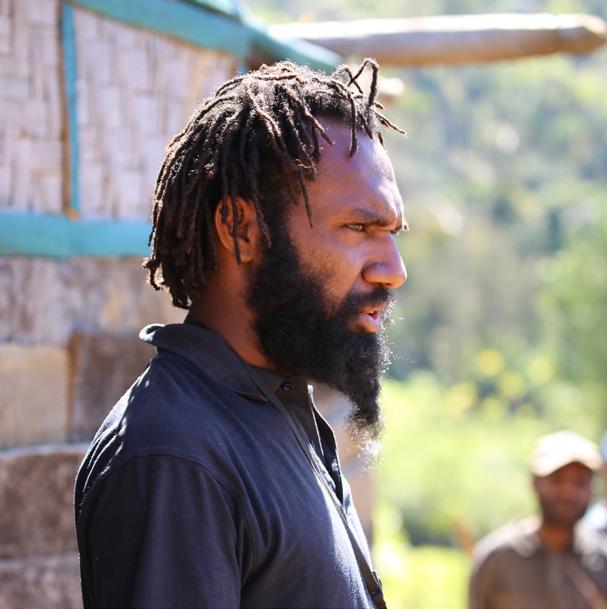
“Youth who did not have the means to continue their education have been transformed by the opportunity to develop useful skills in stewardship and leadership and to contribute to their community’s conservation efforts. As junior rangers practice new skills, they begin to see themselves as future conservation stewards and leaders of their landscape—the conservation partners of today and leaders of tomorrow.”
Gibson Sil Galla’h, former Education and Leadership Team, Tree Kangaroo Conservation Program
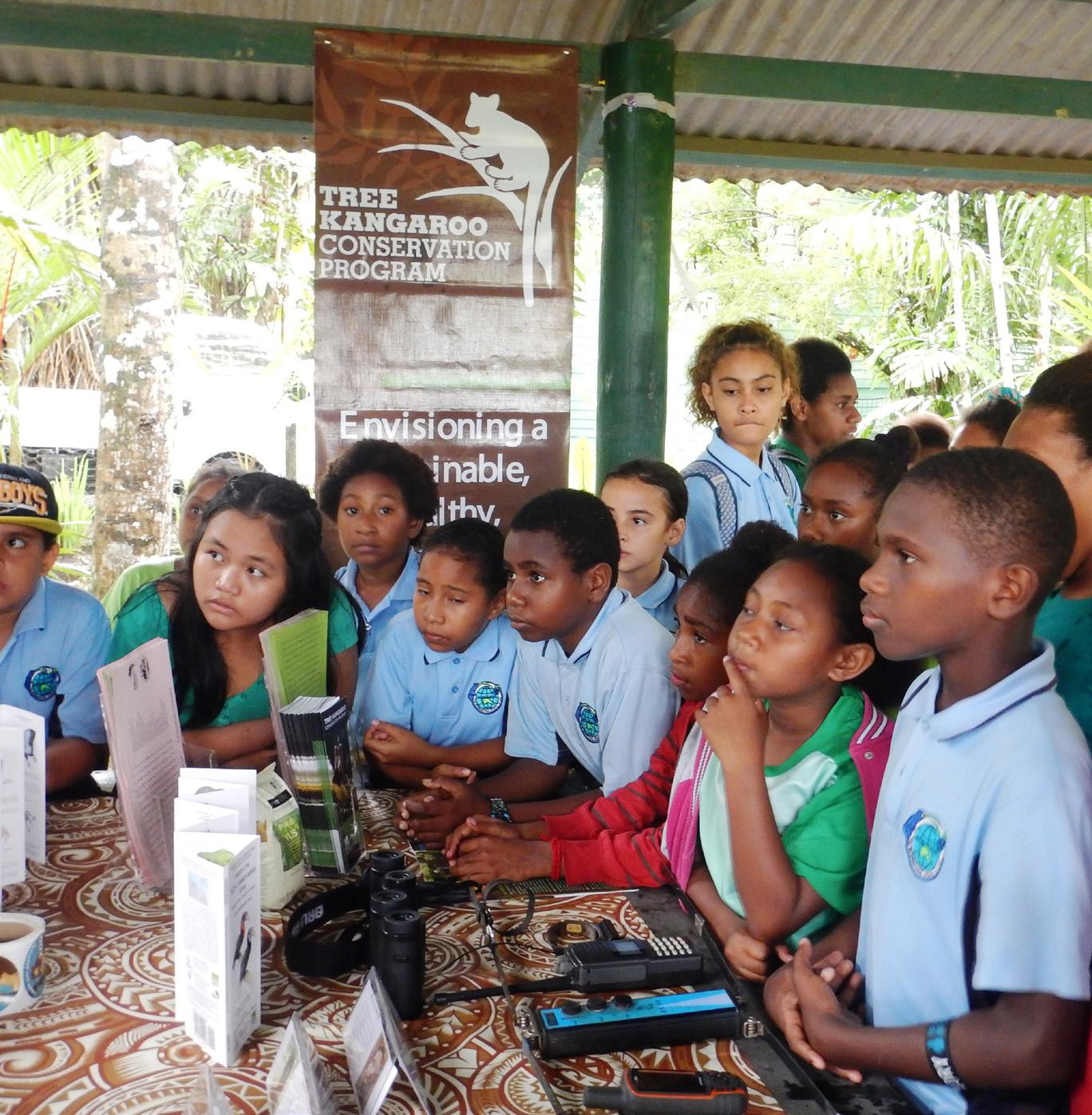

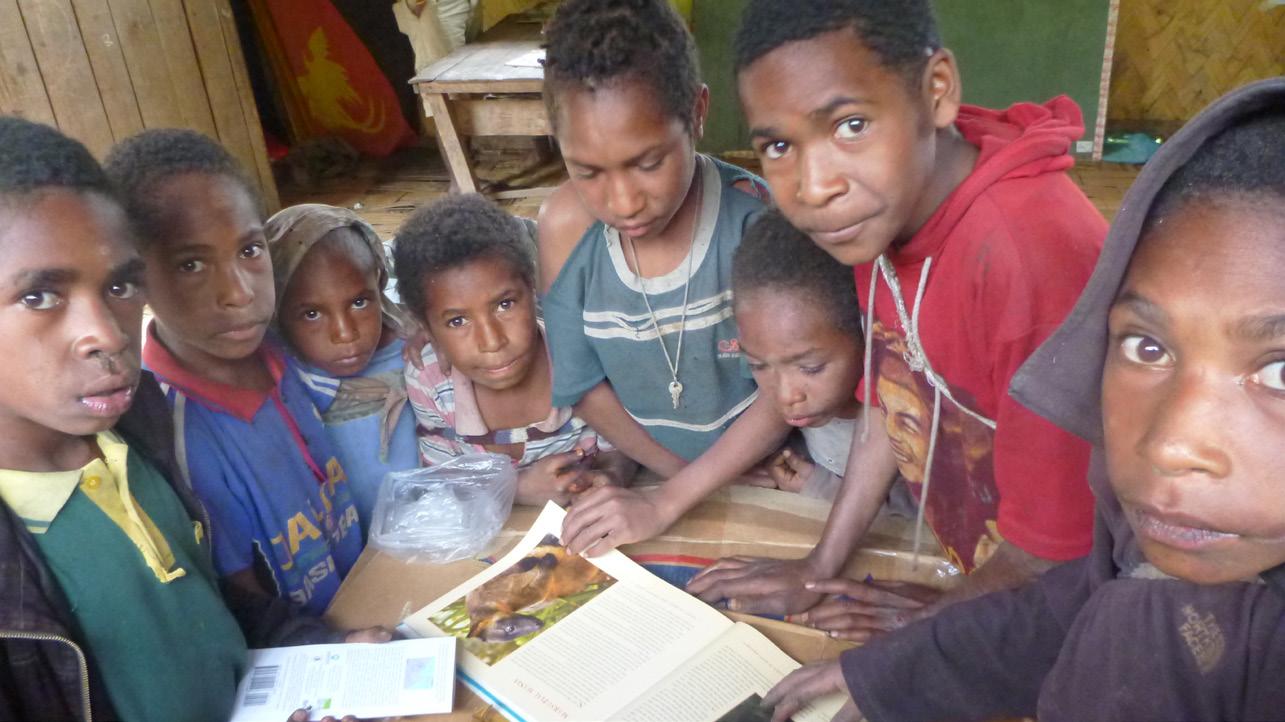
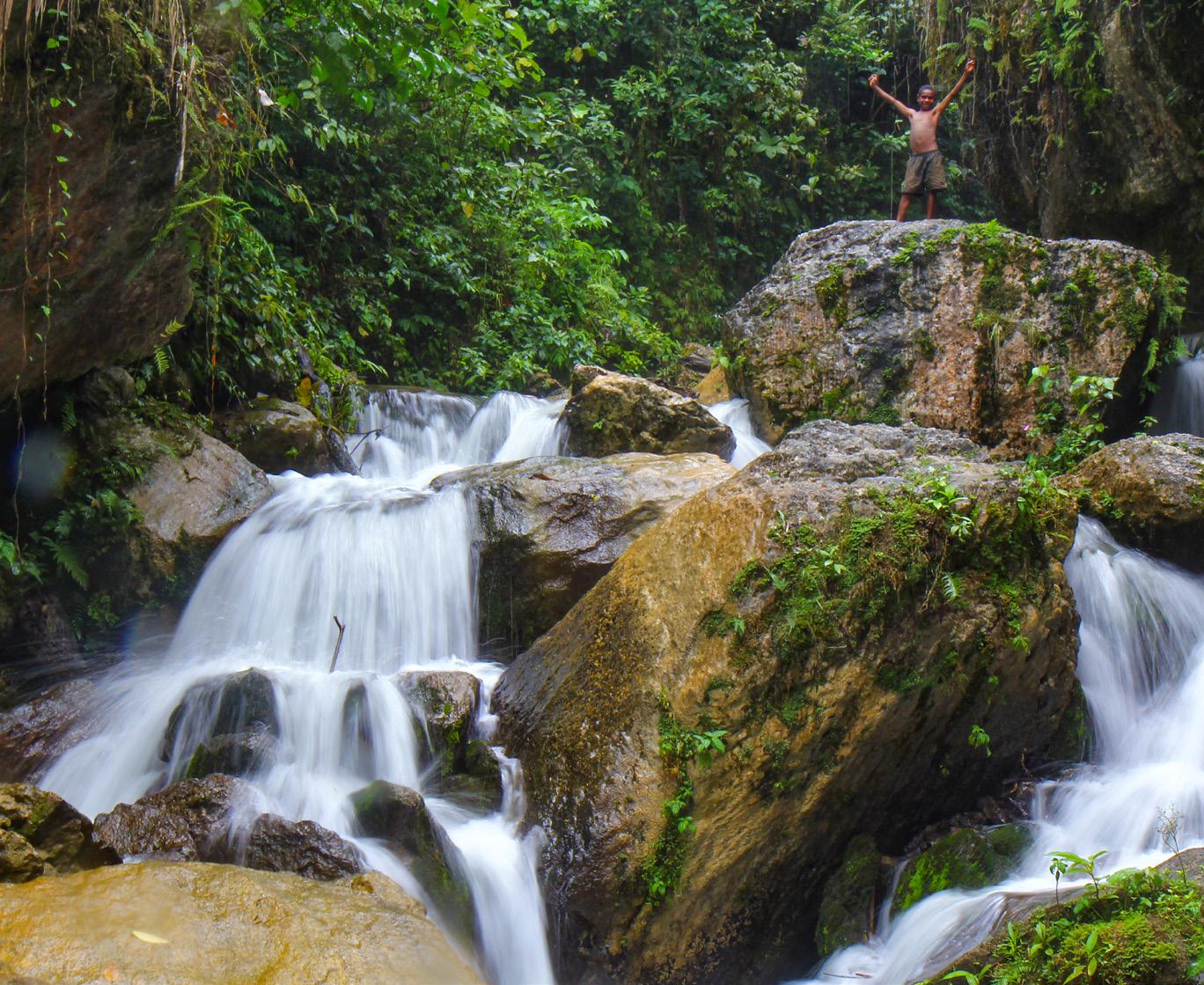
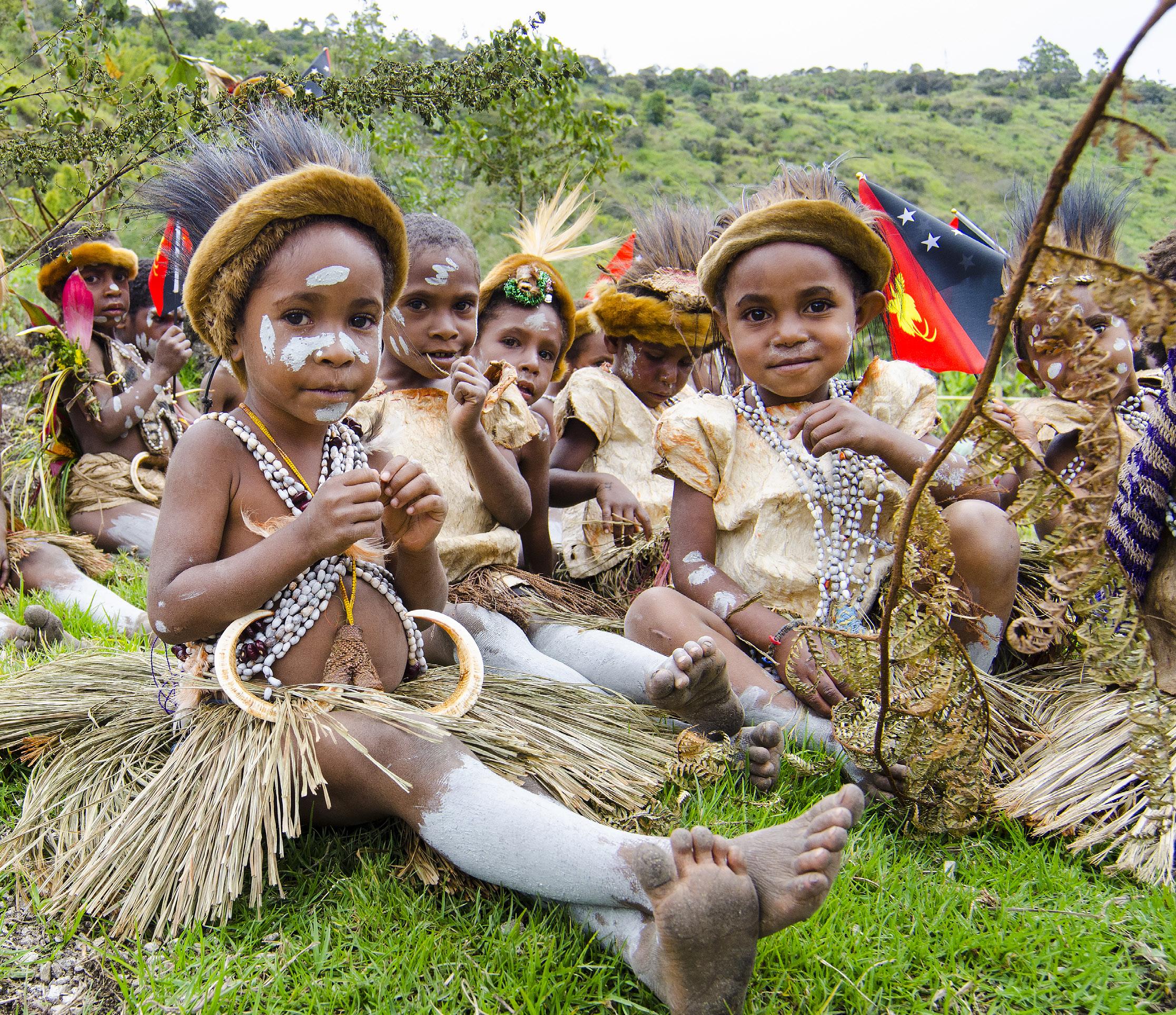
Fostering the Next Generation of Conservationists
The youngest Tree Kangaroo Conservation Program conservationists in YUS learn about the value of their home landscape through hands-on conservation. Junior rangers ages 5 to 18 help with species identification, resource planning and tree planting through classes offered across the region. Teachers use a mix of traditional knowledge and Western science to nurture children’s appreciation for biodiversity and show what it means to be a good land steward. What’s next: The new YUS Conservation High School currently under construction will incorporate Junior ranger fundamentals to keep older students engaged in environmental ideas and practices.
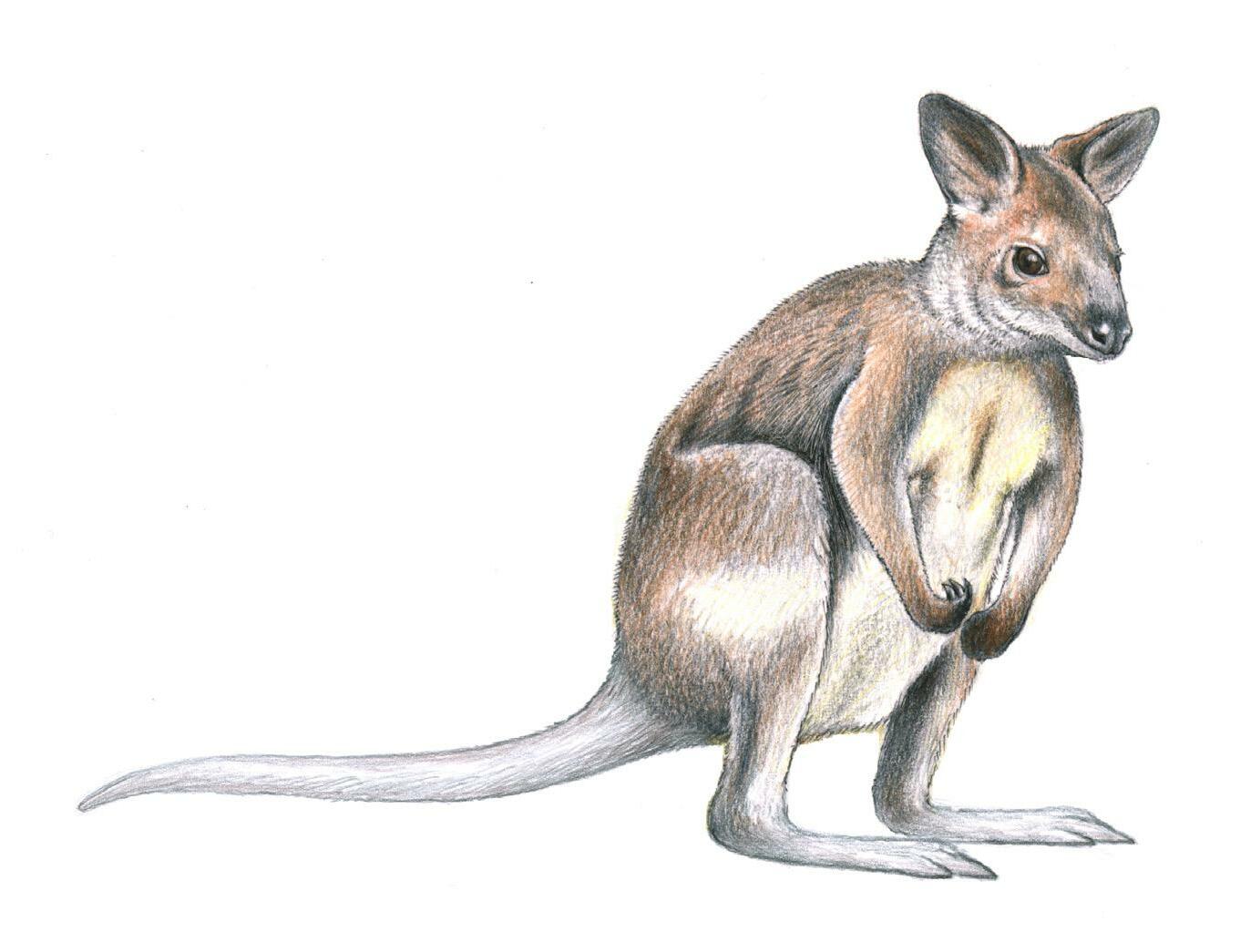
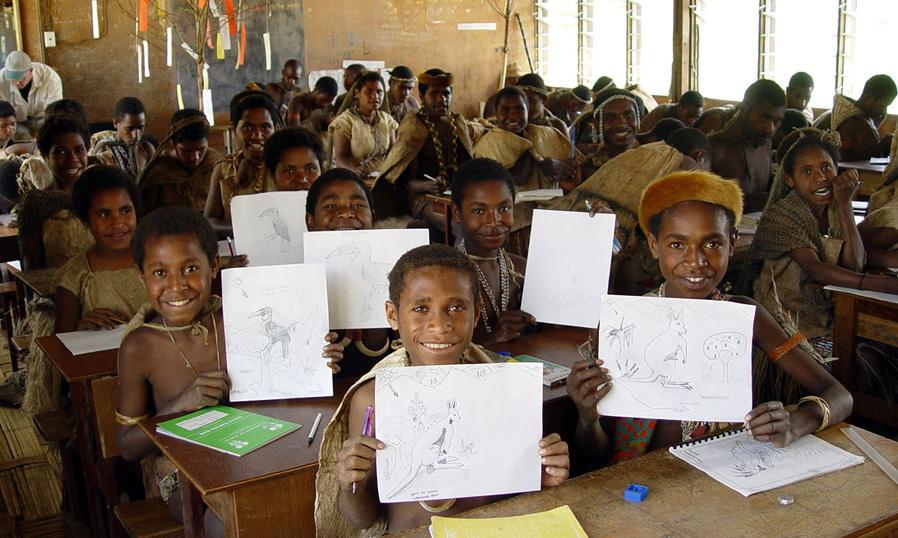


YUS: Ahead of Its Time

By Modi Pontio, Associate Director, Tree Kangaroo Conservation Program, Papua New Guinea The government of Papua New Guinea is learning from YUS and beginning to talk about the importance of having land-use plans. The rest of the country can learn from the success of the YUS Conservation Area. Thanks to the Tree Kangaroo Conservation Program, the people of YUS have had a land-use plan in place for 15 years—putting them way ahead of other Papua New Guineans. And with 3D mapping, they know the size of their land and see how much is protected from destructive logging and mining operations. This year, I am eager to bring the Junior Ranger program to students at the new YUS Conservation High School, which is being built in recognition of the Tree Kangaroo Conservation Program. This will help us foster a new cadre of young rangers who will eventually graduate and will have the skills to work in the YUS Conservation Area. The world can learn a lot from what the Tree Kangaroo Conservation Program and YUS communities have accomplished. We have demonstrated that doing conservation does not mean extra work— managing natural resources can be woven into normal life. Every day, the people of YUS experience the connection between having an intact forest and having fresh water, clean air, fertile soils producing rich garden food, and access to forest resources like medicine and building materials. The planet will be a healthier place if every human has this awareness of their own natural resources.






